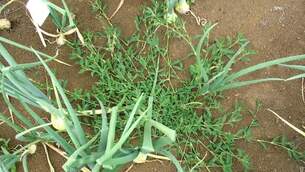Amaranthus - Red Root

Commonly known as redroot (Amaranthus powellii) is the most often seen of the Amaranthus weeds in New Zealand. Able to grow very quickly up to 1 metre high, redroot is a seriously competitive weed in crops, including fodder beet.
Cotyledons:
- Apex slightly pointed
- Base tapered, stalked
Leaves:
- Oval to rhombic, notched at tip
- Reddish stem
Mature plants grow erect and upright to a 1 metre high but in challenging conditions, plants up to 5 cm will still flower. Leaves are oval narrowing at the tip with the base narrowing to the stalk.
The leaves are hairy on the underside. Has a reddish stem at the base with less branching as it gets taller. Produces numerous green flowers as inflorescences.


Related Pests
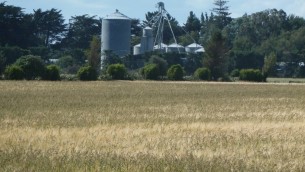
Barnyard Grass
Echinochloa-crus-galli
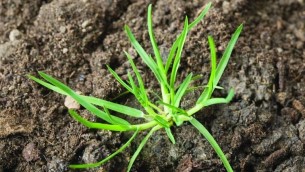
Annual Poa
Poa annua
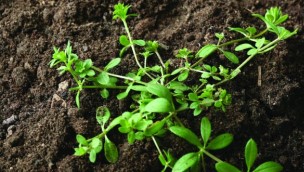
Cleavers
Galium aparine

Cornbind
Fallopia convolvulus
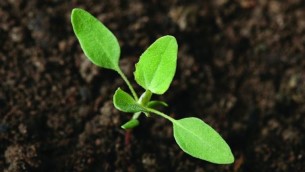
Fathen
Chenopodium album
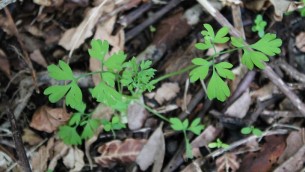
Fumitory
Fumaria muralis
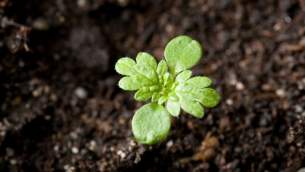
Nettle
Urtica urens
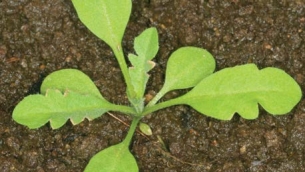
Shepherds Purse
Capsella bursa-pastoris
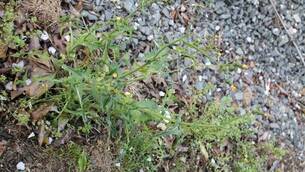
Sow Thistle
Sonchus oleraceus
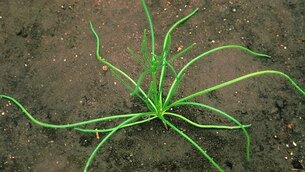
Spurrey
Spergula arvensis
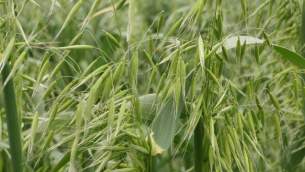
Wild Oats
Avena fatua
Depending upon the crop controlling 5-10 wild oats per square meter will result in an economic response. Wild oats also produce a large number of long-lived seeds, often as many as 150 per panicle with many panicles per plant. Wild oat seeds can remain viable in the soil for several years and the common saying “one year’s seeding, 7 years weeding” stands very true for wild oats. Wild oats can be successfully controlled with selective herbicides such as Puma S. However, if numbers are low hand rogueing should be undertaken if possible.
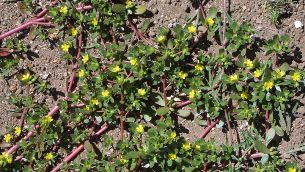
Wild Portulaca
Portulaca oleracea
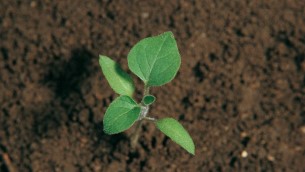
Black Nightshade
Solanum nigrum
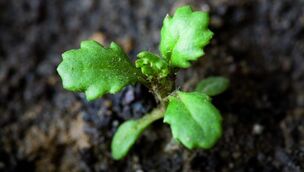
Groundsel
Senecio vulgaris
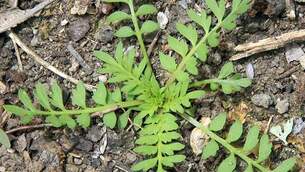
Twin Cress
Coronopus didymus
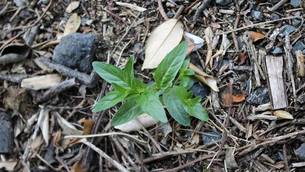
Willow Herb
Epilobium nummulariifolium
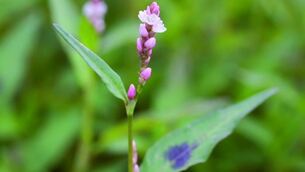
Willow Weed
Persicaria maculosa
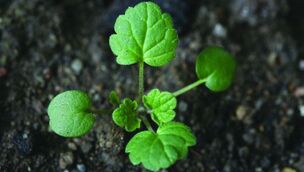
Henbit
Lamium amplexicaule
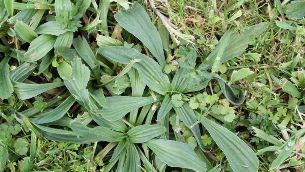
Plantain
Plantago lanceolata, Plantago major
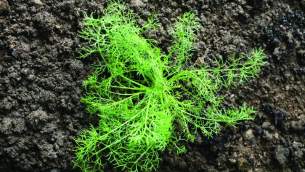
Scentless Chamomile
Matricaria perforata
Scentless Chamomile (Matricaria perforata) is a bushy annual or biennial plant that grows to 60 cm and is wholly or almost scentless. It has an erect stem, with branches only from mid stem upwards. The leaves are fern like and sticky. The flowers are large, with twelve white petals, with central yellow disc florets, giving the flower a daisy-like appearance. They appear singly on stems and branches between December and March.
Found in moist disturbed areas such as roadsides, cropland, pasture, drainage ditches and waste areas. The seeds are 2 mm, dark brown with a raise edge, and each plant produces 10,000 - 200,000 seeds which germinate in shallow soil.
Small Flowering Buttercup
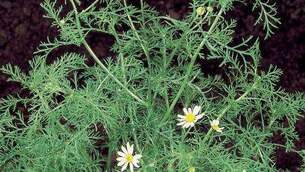
Stinking Mayweed
Anthemis cotula
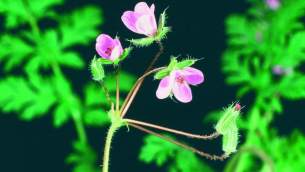
Storksbill
Erodium cicutarium
Storksbill (Erodium cicutarium) is an invasive, sticky, hairy plant which grows in rossetes up to 30 cm across. It is widespread throughout New Zealand in drier coastal and lowland areas, and found in pasture, grassland and arable land. The leaves are pinnate, resemble ferns, and are divided into pairs of leaflets. The flowers are a mauve-pink colour, have five undivided petals, and are arranged in loose clusters on reddish coloured hairy stalks. Flowering is September to May.
The seeds are contained in a long seed-pod which resembles the bill of a stork. When ripe the seed-pod bursts open into five strips, launching the seeds like little parachutes, or by means of the strips which have seeds attached to them, burying themselves into loose soil.
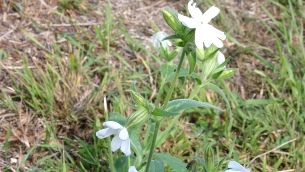
White Campion
Silene latifolia
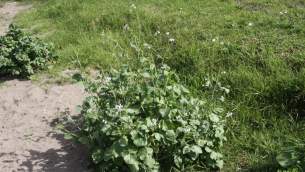
Wild Radish - Charlock
Raphanus raphanistrum
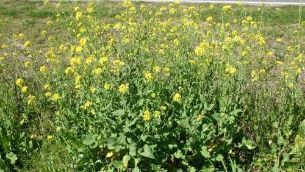
Wild Turnip
Brassica rapa subsp. sylvestris
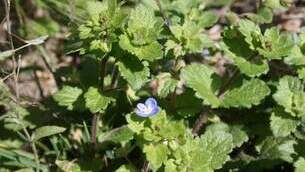
Speedwell
Veronica persica
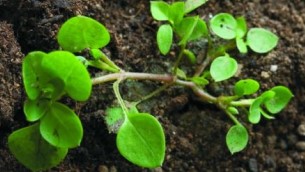
Chickweed
Stellaria media
